Is it possible to do base training when time is short?
The lack of time, especially during the winter months, is a significant burden for many cyclists to maintain their training and achieve maximum performance in the spring and summer. However, modern training techniques and the latest scientific research reveal that it is possible to reach a good level without spending so many hours on the bike.

How to get the maximum benefit from your training time
The arrival of the winter season, the cold and the rain, the cyclists who train looking for performance, either to compete or simply to face a challenge in the form of a ride, route or whatever, becomes a real drama for most cyclists who feel that if they do not spend more than 15 or 20 hours a week on the bike they will not be able to reach their level.
The problem is that such volumes of training are only within the reach of those without family responsibilities, with full-time jobs and shifts that leave a lot of time to spare. That's why police officers and firefighters are often regular jobs in the master's peloton and at the top of the rankings.
RECOMENDADO

Change wheels if you want to transform your bike's behavior

What bike size do you need? Here's how to find out

How does age affect performance and recovery?
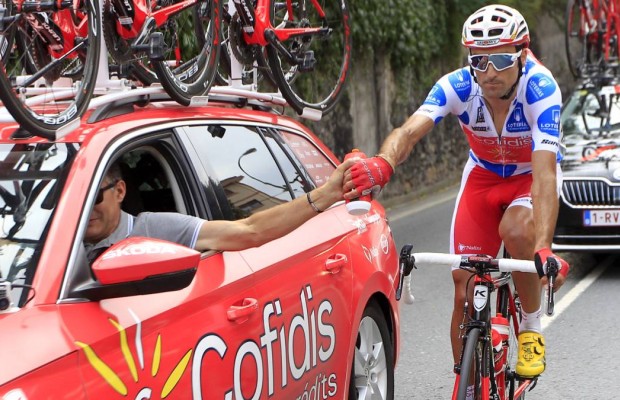
How long cyclists can be pushed when handed a sticky bottle?

10 tips for safer and faster downhills on road bikes
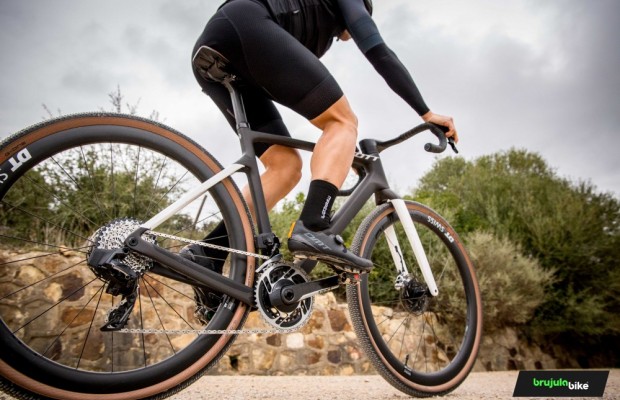
The best gravel groupsets of the moment
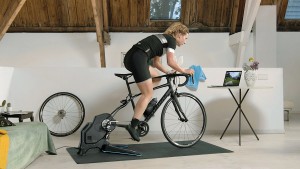
The training load we apply has two components, volume and intensity. In an endurance sport such as cycling, the first of these is particularly important as it is about the body adapting to spending more and more hours on the bike. An importance that, to a large extent, is given by the traditional training methodologies, usually applied by professionals, which were based on "the more the better".
The volume factor is more important during the first months of the season when the aim is to establish an aerobic base so that we have a greater capacity for assimilation and recovery when the intensity of the training is increased. The problem is that the lack of time we talked about at the beginning makes it impossible for most people to accumulate many hours of training.
So, what can be done? Fortunately, science comes to our rescue and various studies have shown that our cells can generate similar adaptations to those provided by aerobic training using, for example, high-intensity sessions, hence the popularization of HIIT-type training.
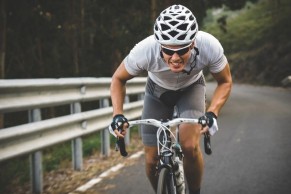
In these studies, for example, it has been observed that performing high-intensity intervals is capable of increasing the number of mitochondria inside cells, the energy centers of the cells that are responsible for burning oxygen and nutrients to generate the energy needed to contract the muscles.
All this, accompanied by proper periodization of training and a precise control of intensity thanks to the use of power meters make it possible to achieve a high level of fitness using many fewer hours, even with sessions of only one hour or an hour and a half that we can even do without problem on the turbo trainer.
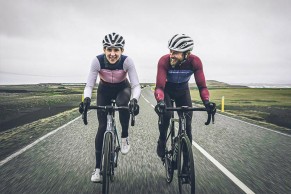
This does not mean that low-intensity rides are not necessary, as base training has important benefits. After all, to spend many hours on the bike not only our cells have to adapt but our body has to get used to pedaling for those hours. For this, in our planning, weekends are usually reserved for this purpose while during the week short and intense training sessions are carried out, playing with the different training zones depending on what we are looking for in each part of the season but, after all, interval-based sessions, not just riding.
The problem with always training at high intensities is that it is not sustainable over time. We cannot indefinitely increase the load without the risk of overtraining, so this way of training is mainly reserved for preparing specific objectives, maintaining a more leisurely cycling activity for the rest of the season. However, we can also combine methodologies, under the premise of saving the winter months with this method knowing that, when summer time arrives, we will have more time to increase the volume. This is somewhat the essence of the reverse planning that the Team Sky cyclists popularized a few years ago.

To fully take advantage of this limited training time, we must bear in mind that it will be essential to take care of all the parameters of the so-called invisible training. If we do not rest enough or do not eat properly, we will not be able to maintain the intensity requirements of this form of training for long, nor will we be able to recover properly between sessions. If we do it right, we will find that with about 10 to 12 hours a week, something quite manageable, especially if we take into account the duration of the outings on weekends, we can move at a fairly high level.